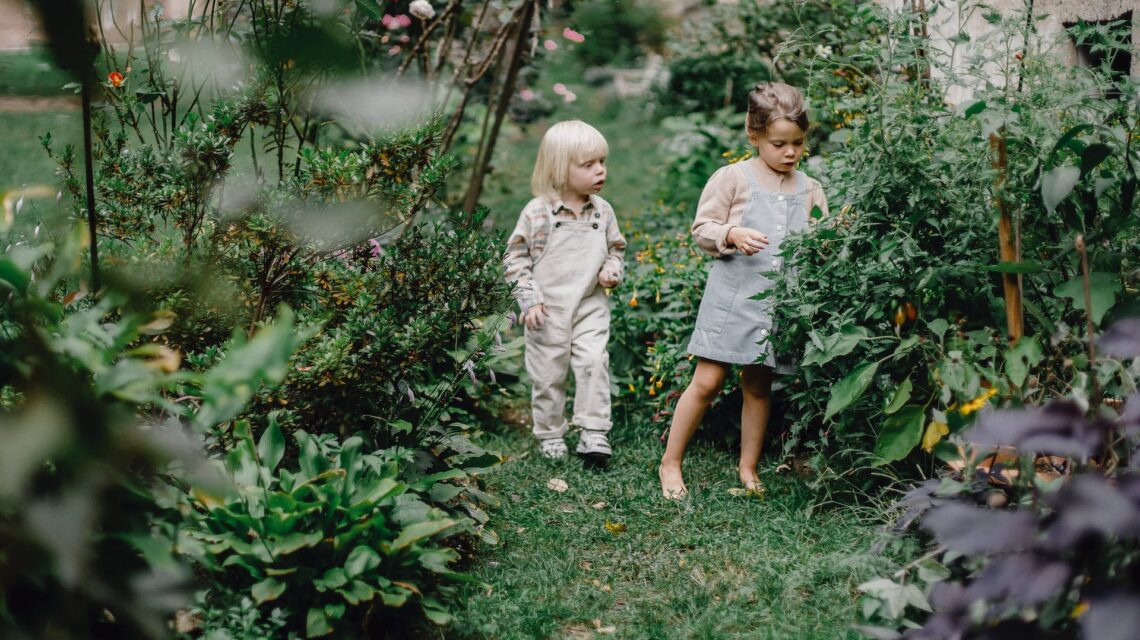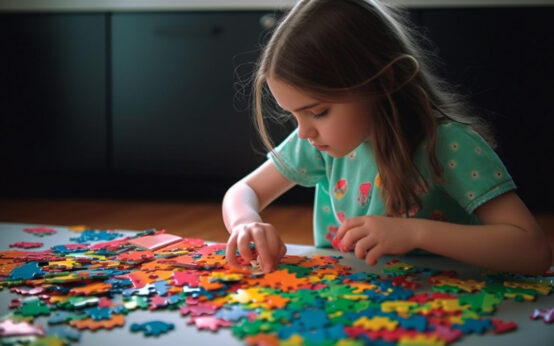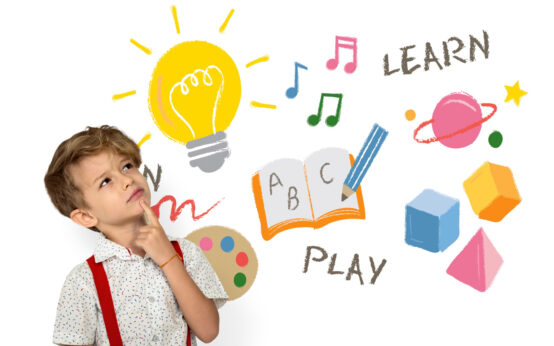Introduction
Gardening transcends being merely a recreational pursuit for children with Autism Spectrum Disorder (ASD). Beyond the joy it brings, gardening contributes significantly to the development of functional skills. This piece delves into the affirmative influence of gardening on communication, motor skills, well-being, and sensory development in children with Autism Spectrum Disorder (ASD). It underscores the benefits of integrating gardening with therapeutic approaches, such as Applied Behavior Analysis (ABA) therapy.
The Advantage of Autism Gardening Therapy
Introduction to the Natural World
Engaging in autism gardening therapy provides a captivating introduction to the natural world, offering valuable insights into the process of plant growth. In the process, children acquire essential qualities such as patience and perseverance.
Consistency and Routine
Integrating gardening into the daily or weekly routine offers children with Autism Spectrum Disorder (ASD) the consistency they thrive on. The structured series of tasks keeps them relaxed, focused, and engaged.
Fostering Curiosity and Bonding
Gardening nurtures the inherent curiosity of children, creating a setting that maintains their sense of security. It creates an opportunity for caregivers to bond with their child, nurturing a deeper connection between them.
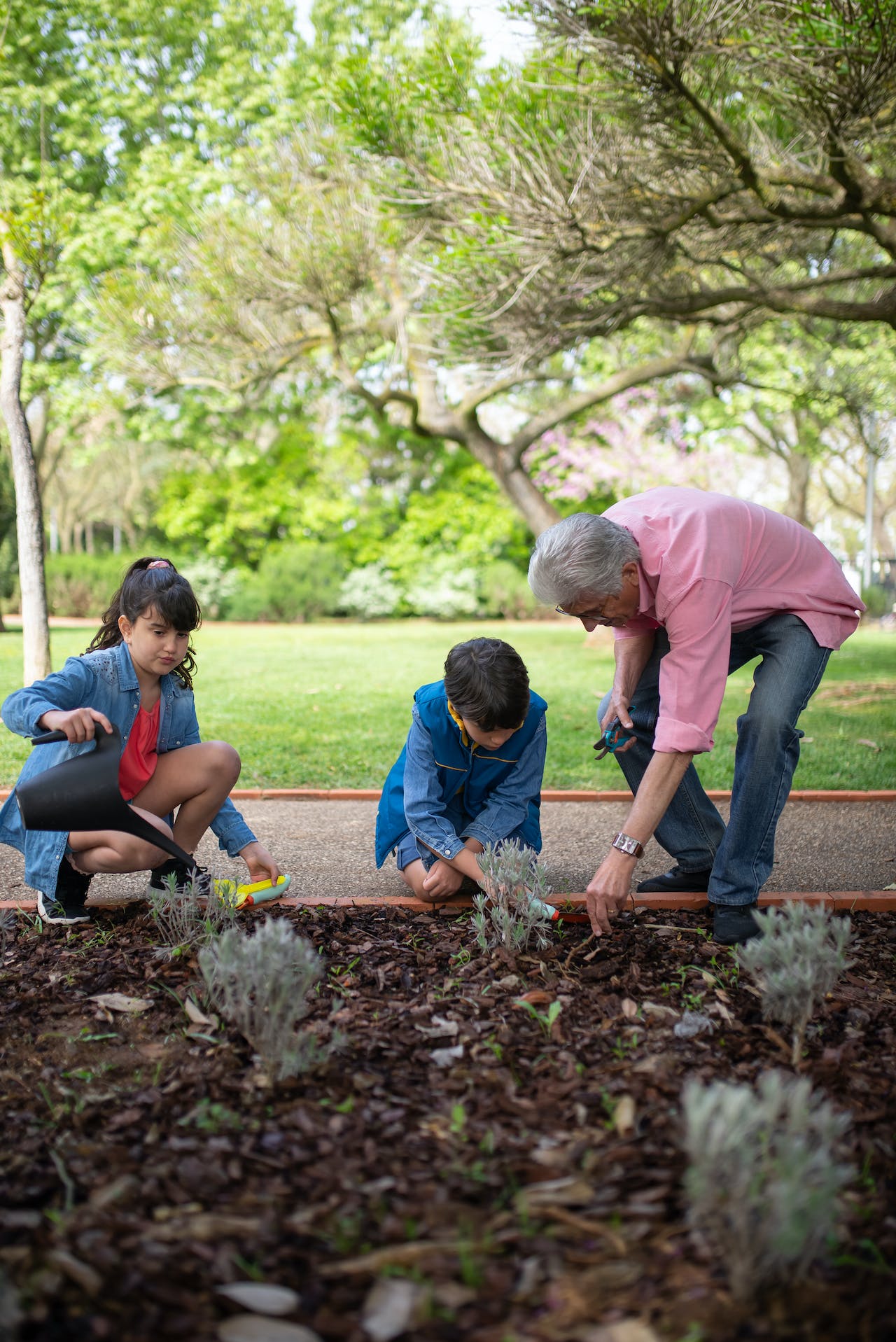
Within the rich tapestry of nature, gardening evolves into a sanctuary where the seeds of connection flourish, fostering not only the growth of flowers but also the remarkable blossoming of joy and understanding in children with autism.
Dr. Temple Grandin
Critical Areas of Benefit:
Communication
Gardening serves as a platform for children with Autism Spectrum Disorder (ASD) to elevate and refine their communication skills. While it may be a quiet and solitary activity, it encourages interaction with others. Learning the names of plants and asking questions about them become natural avenues for communication. Additionally, requests for tools and equipment needed for specific tasks promote verbal communication.
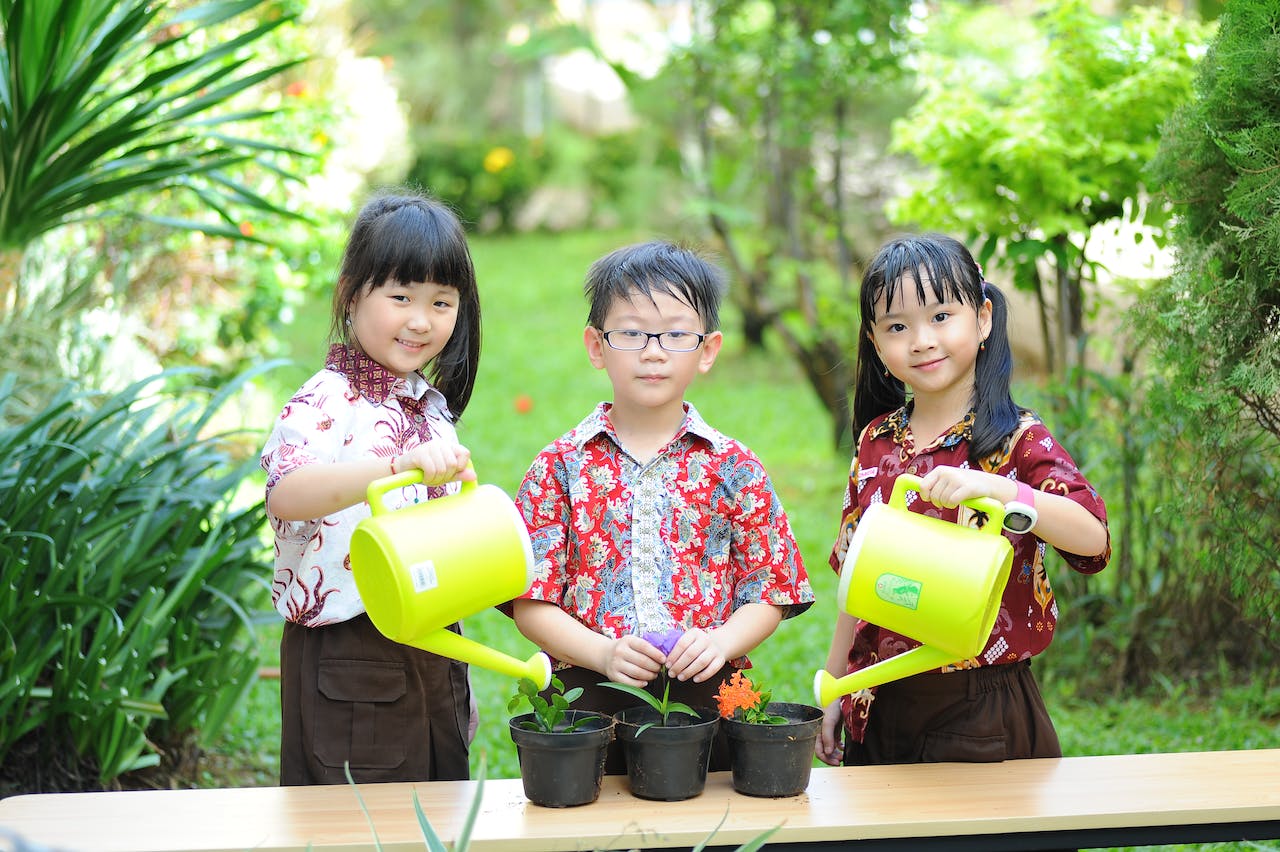
Gross & Fine Motor Skills Development
Engaging in gardening activities contributes significantly to the development of both gross and fine motor skills in children with ASD. Engaging in tasks like raking leaves and pushing a wheelbarrow contributes to the enhancement of gross motor skills, demanding physical effort and coordination. Simultaneously, activities such as planting seeds, sifting soil, and pulling weeds play a role in refining fine motor skills, fostering precision and dexterity.
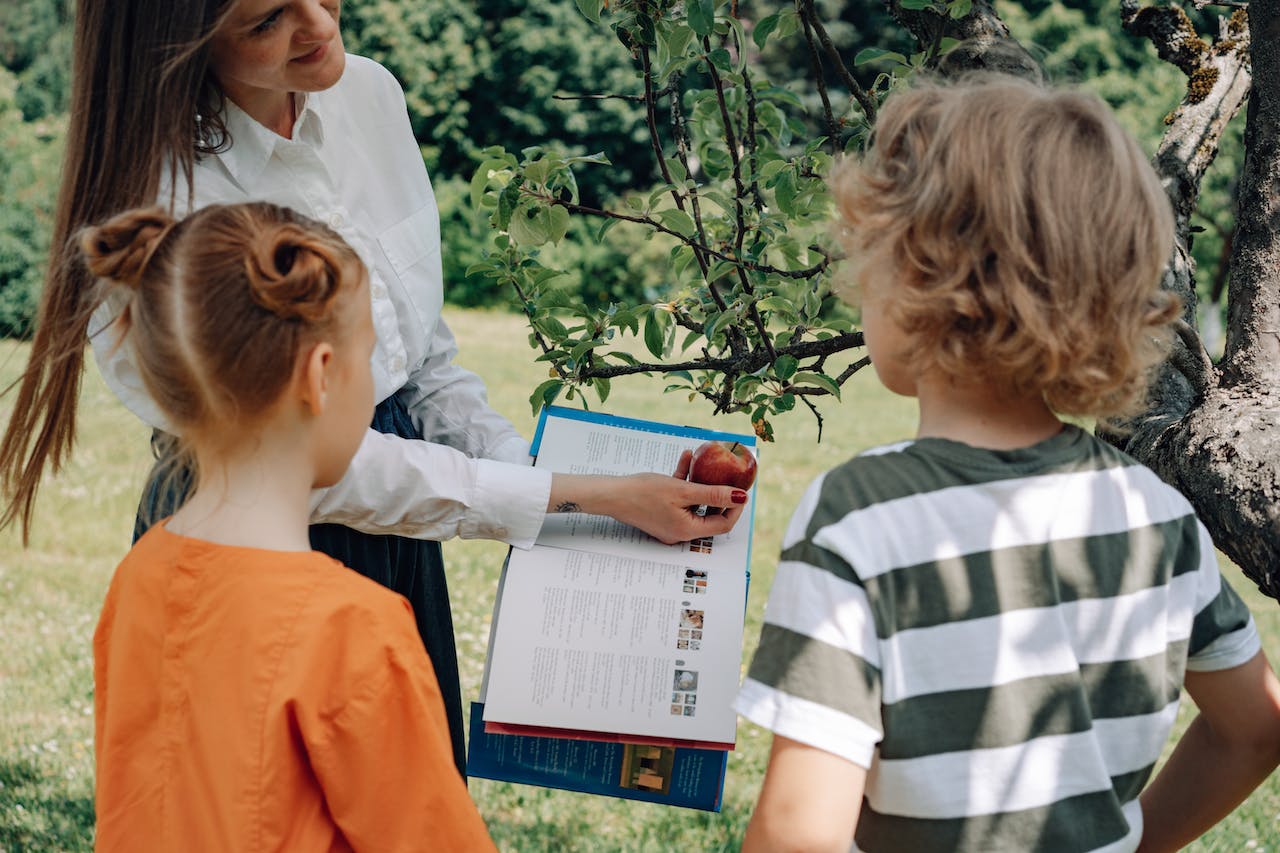
Responsibility & Following Instructions
Gardening proves to be an effective method for instilling a sense of responsibility in autistic children. Following instructions becomes a pivotal component of successful gardening, offering a practical setting to hone this skill. Children learn that adhering to instructions contributes to the thriving of plants, reinforcing the importance of following directions in various contexts.
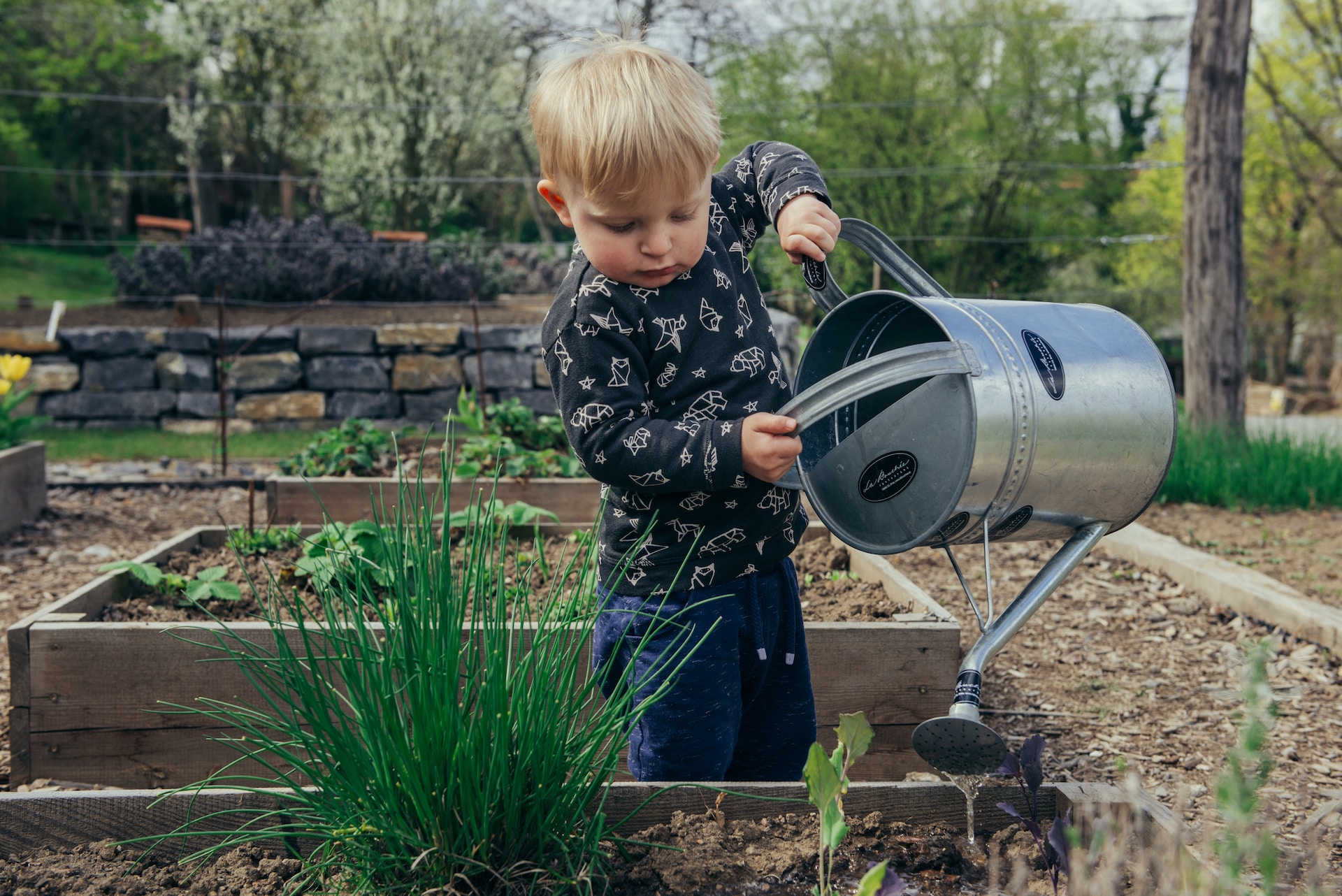
Healthier Eating Habits
Involving children in the entire process of growing fruits and vegetables fosters healthier eating habits. As they actively participate in nurturing and harvesting the produce, they become more invested in the outcome. This increased connection with the food they have grown may make them more willing to try a variety of fruits and vegetables, promoting a balanced and nutritious diet.
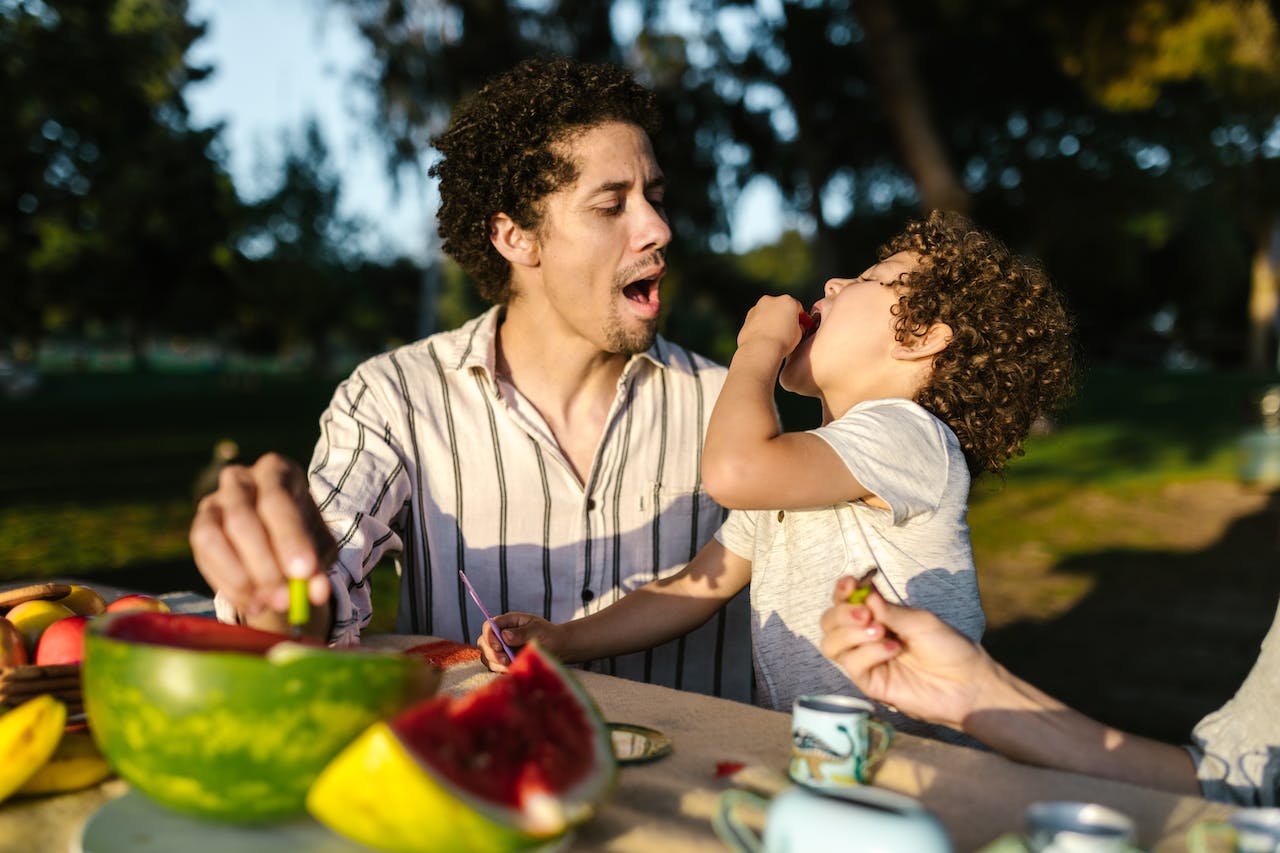
Sensory Experience
Autism gardening therapy is designed to actively engage the senses of children on the spectrum. The garden environment, abundant with diverse sights, sounds, and textures, functions as a sensory playground. Exposure to these sensory stimuli in a controlled and familiar setting helps children become more comfortable with sensory experiences, addressing common sensory sensitivities associated with ASD.

Inclusivity & Socialization
Gardening projects establish an inclusive and social environment for children with Autism Spectrum Disorder (ASD). Working together on a group project, such as maintaining a garden, facilitates natural and less challenging conversations. The shared goal of nurturing the garden fosters a sense of community, making socialization more accessible for children who may find it difficult in other contexts.
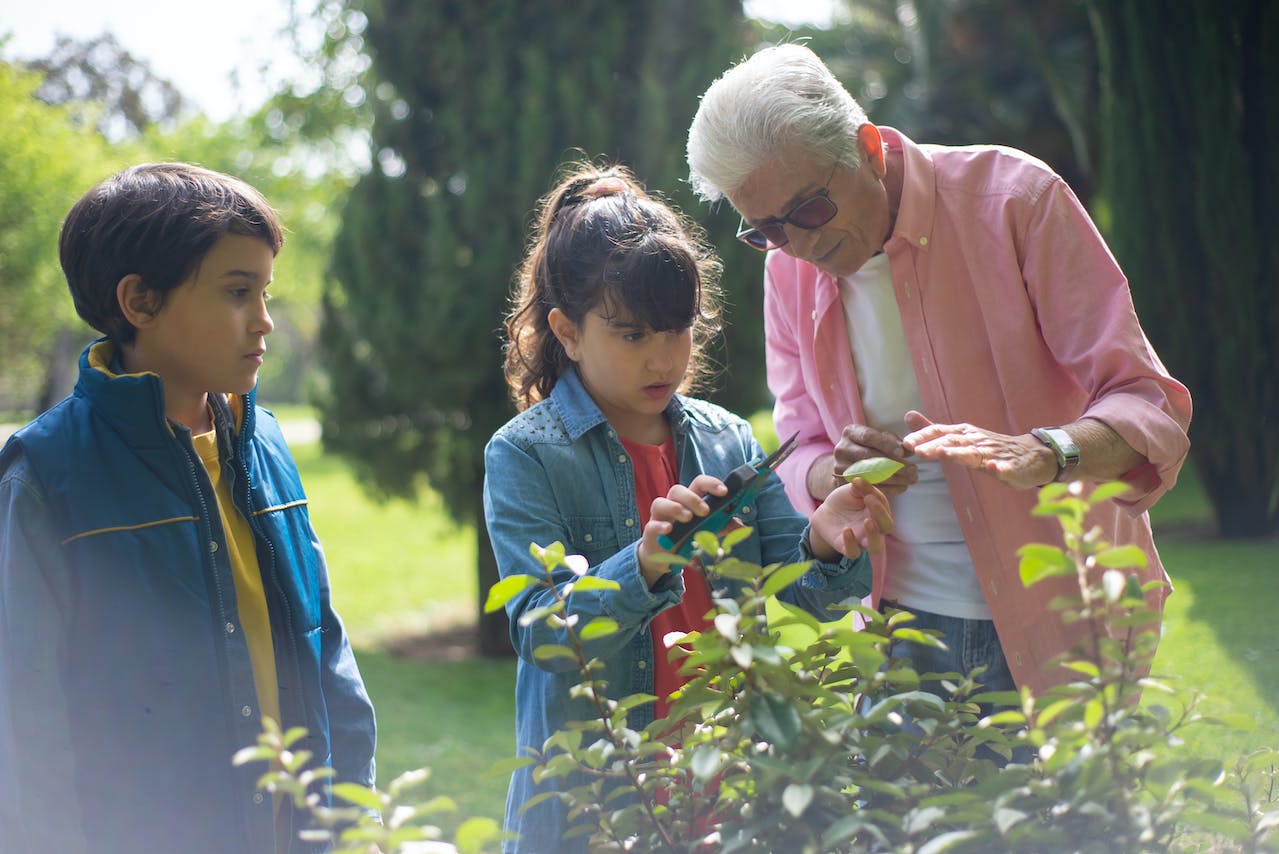
Sensory Garden Ideas for Autism
1. Diverse Colors: Choose plants with a variety of colors to create an inviting visual scene.
2. Aromatic Plants: Include aromatic plants like mint and basil to add scents to the garden.
3. Considerate Lighting: Address sensitivity to light by incorporating a canopy or trellis near the garden.
4. Start with Small Plants: To generate immediate interest, start with small plants rather than seeds.
5. Decorative Elements: Amplify the enjoyment by adorning the garden with small figurines, encouraging conversation and interaction.
6. Detailed Garden Plan: Involve children in creating a detailed garden plan, fostering anticipation and understanding of the ongoing project.
Conclusion
Within the realm of Autism Spectrum Disorder, gardening emerges as a powerful therapeutic tool, transcending mere recreation for children with ASD. This article highlights how gardening fosters crucial skills like communication, motor skills, and responsibility. The sensory-rich garden environment addresses ASD sensitivities, creating an inclusive space for socialization. Combined with approaches like Applied Behavior Analysis (ABA) therapy, gardening becomes a holistic catalyst for skill development and deeper connections, unlocking the potential within each child. Through planting seeds and nurturing plants, gardening becomes a canvas for growth and empowerment, where every child can thrive and bloom.
Source
- Grandin, T. (2009). Animals Make Us Human: Creating the Best Life for Animals. Houghton Mifflin Harcourt.
- Kaplan, S. (1995). The restorative benefits of nature: Toward an integrative framework. Journal of Environmental Psychology, 15(3), 169-182.
- O’Haire, M. E. (2013). Animal-assisted intervention for autism spectrum disorder: A systematic literature review. Journal of Autism and Developmental Disorders, 43(7), 1606-1622.
- American Horticultural Therapy Association. (n.d.). Horticultural Therapy. Retrieved from https://ahta.memberclicks.net/horticultural-therapy
- National Gardening Association. (n.d.). Garden Activities for Children with Autism Spectrum Disorder (ASD). Retrieved from https://garden.org/learn/articles/view/4149/
